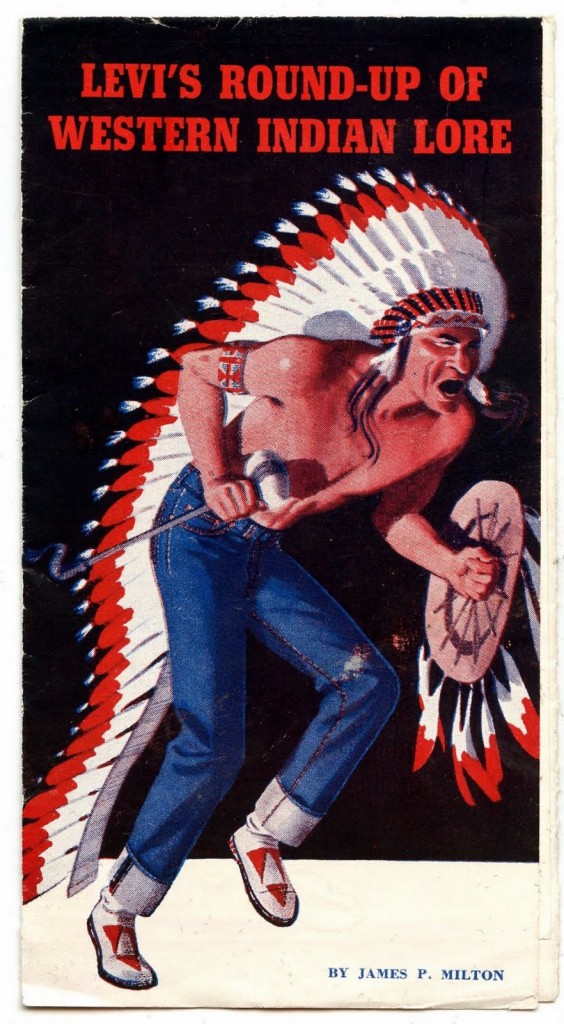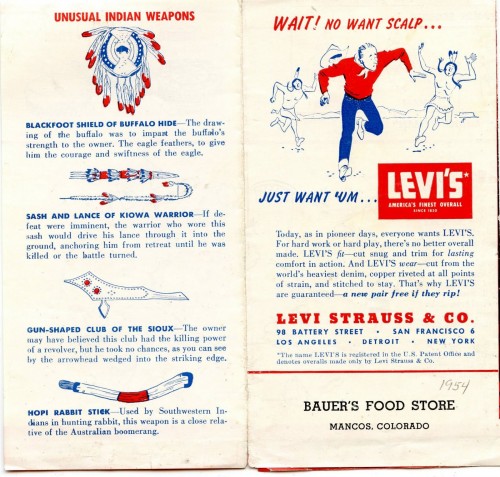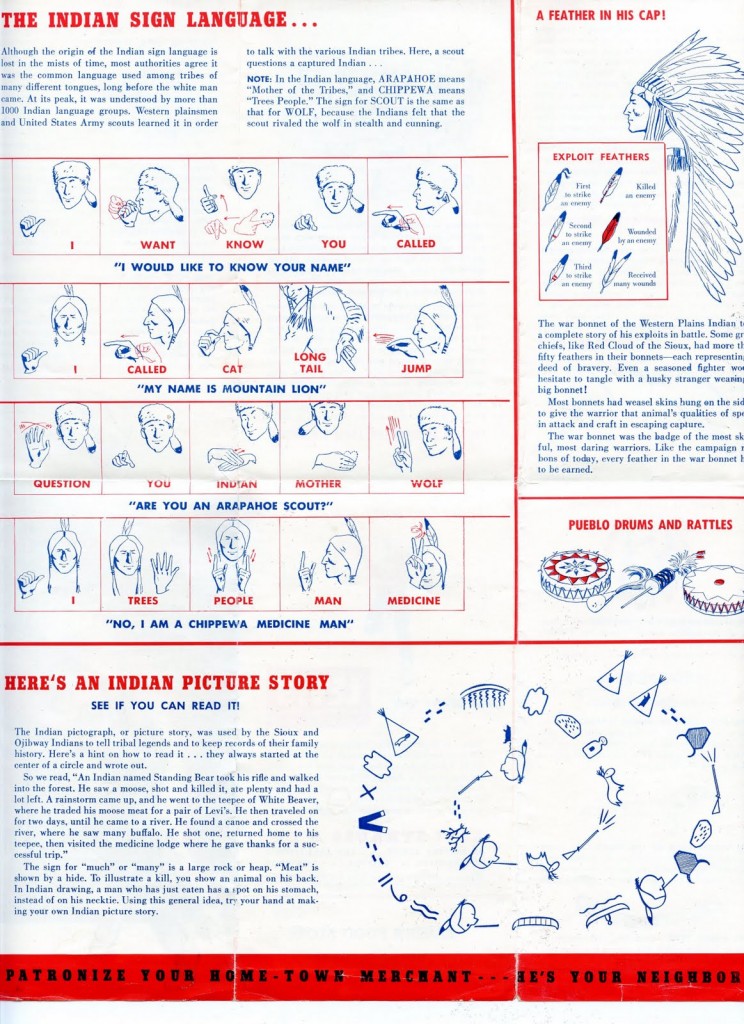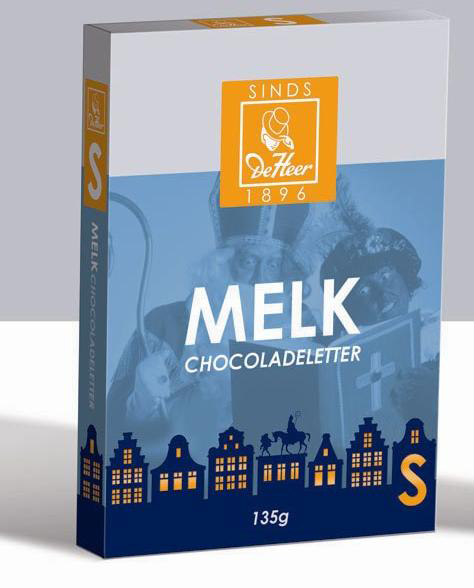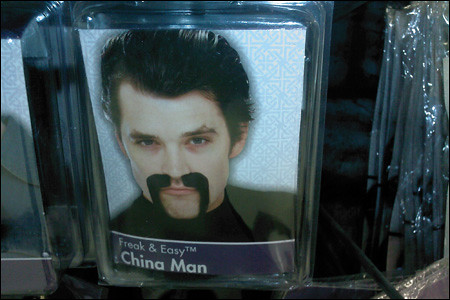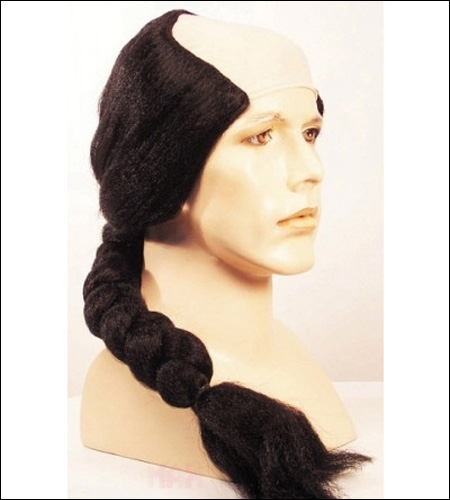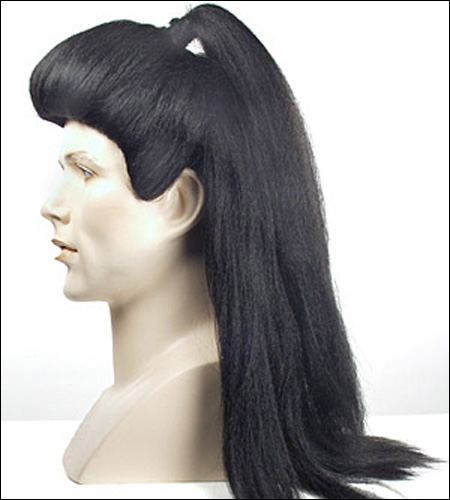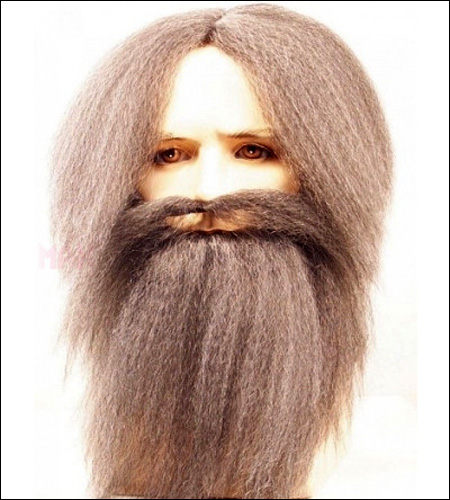Cross-posted at Scientopia.
A couple of days ago I posted a video about stereotypes of Native Americans in video games, including the Hot Indian Princess. Though the video discussed video games specifically, these tropes are common in other area of pop culture as well. Dolores R. sent in a great example. Over at Beyond Buckskin, Jessica Metcalfe posted about the 2011 Caribana Parade in Toronto. This year the parade theme was Native America, including various sections such as Amazon Warriors, Lost City of the Aztecs, Brazilian Amerindians…and Tribal Princesses. Here’s a Tribal Princess costume provided by one band, Callaloo (it’s now sold out).
A commenter on Metcalfe’s post takes exception with criticisms of these costumes and the parade theme, saying,
[This is a] celebration of historic alliances between African Diaspora peoples and Native peoples. In New Orleans, the tradition was a specific response to racist laws that placed Native and other POC communities in a common frame of reference. This tradition is almost 200 years old among Caribbean/Diaspora people in North America…you are making a tremendous mistake by attacking a part of Afro-Caribbean culture as if this was the same as an expression of White/Euro privilege.
So the argument is that this can’t be problematic cultural appropriation or propagation of the sexualized Indian Princess trope because it is part of an event meant to celebrate and recognize the histories and cultures of groups that have themselves been the target of discrimination and political/cultural exclusion. Certainly there is an important cultural and historical context there that, the commenter argues, distinguishes these costumes from, say, the current fad of “tribal” clothing in fashion.
And yet, that argument seems to discursively claim a right to represent Native Americans in any way without being subject to criticisms of stereotyping or cultural appropriation. For instance, the Apache were not a Caribbean tribe (though the Lipan Apache moved far into southeastern Texas by the late 1700s, coming into regular contact with Texas Gulf tribes). Does this sexualized “Apache” costume, as imagined by non-Apaches and sold to the general public, differ greatly from other appropriations and representations of Native American culture and identity as fashion statement?
This feels a little like a different version of the “But we’re honoring you!” argument used in efforts to defend Native American sports mascots — that any concern the viewer has is only due to their lack of understanding of the reason for the depiction of Native Americans, not because that depiction might be, in fact, problematic.
Gwen Sharp is an associate professor of sociology at Nevada State College. You can follow her on Twitter at @gwensharpnv.

